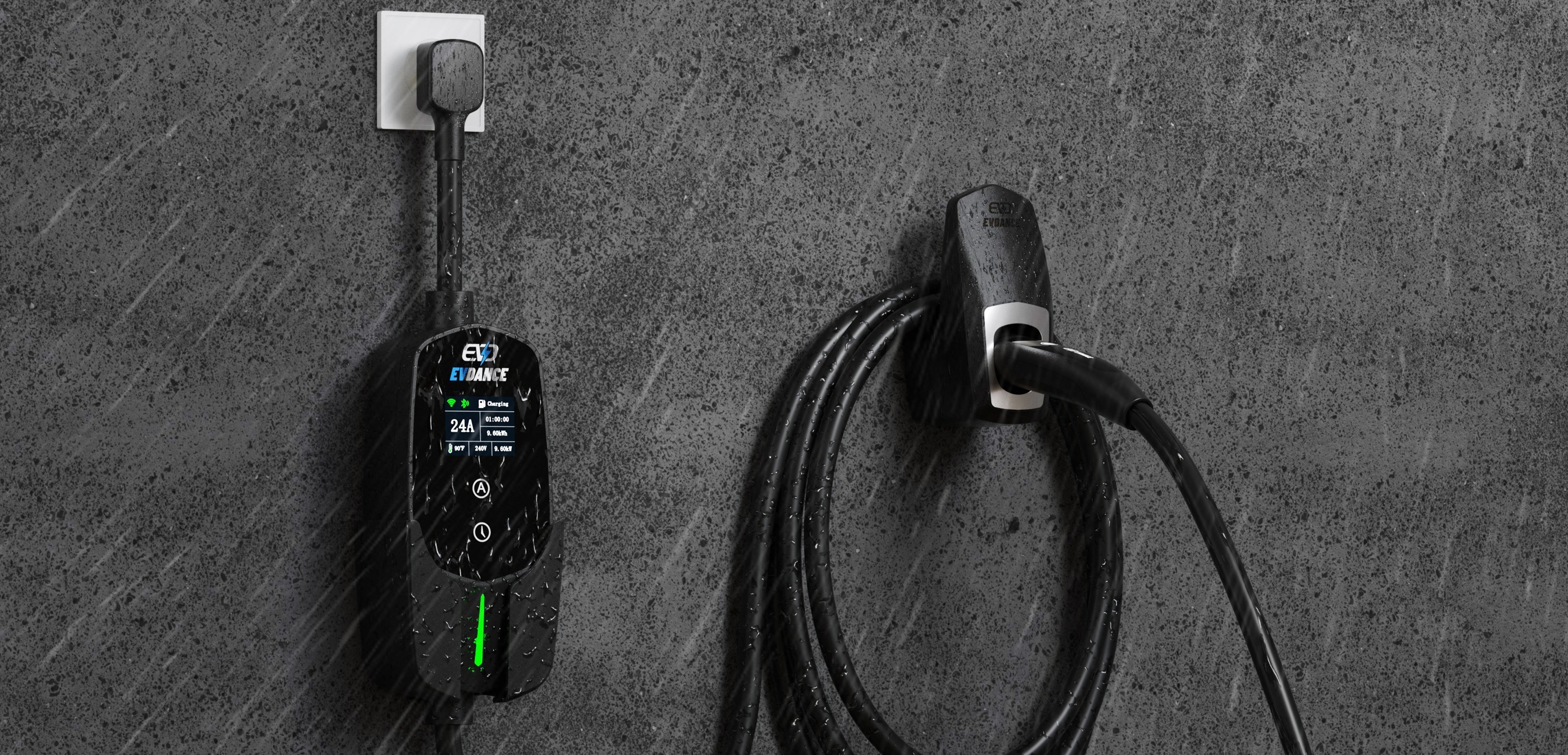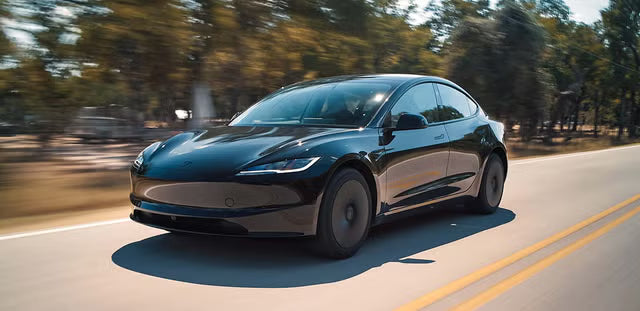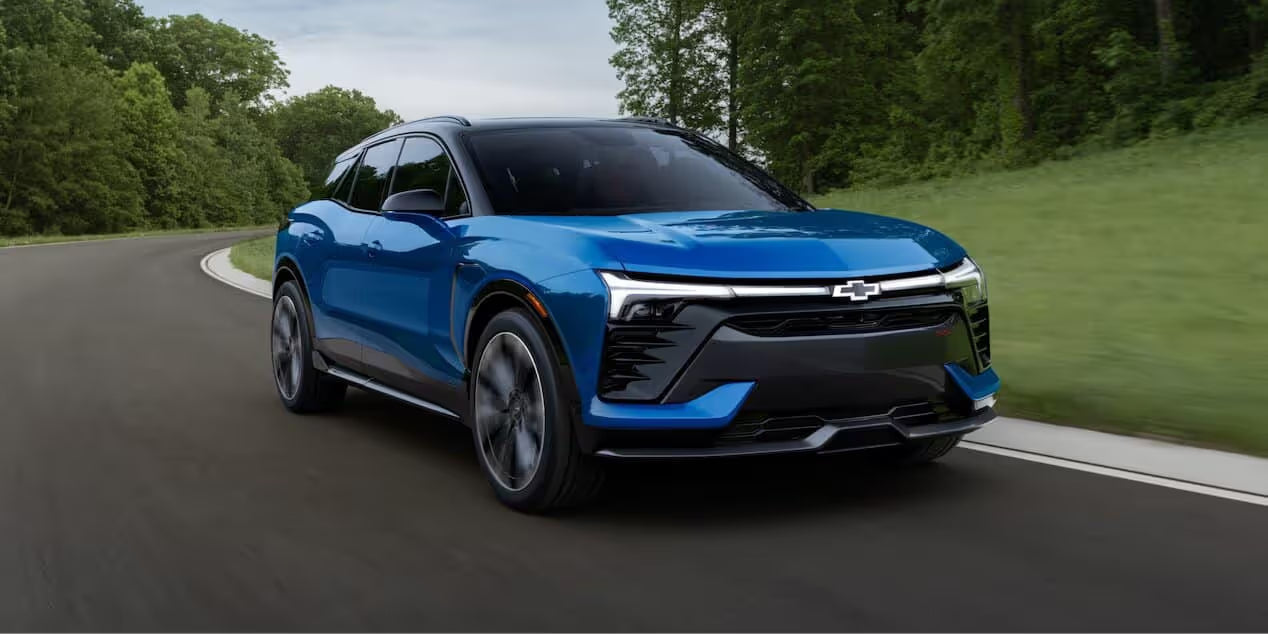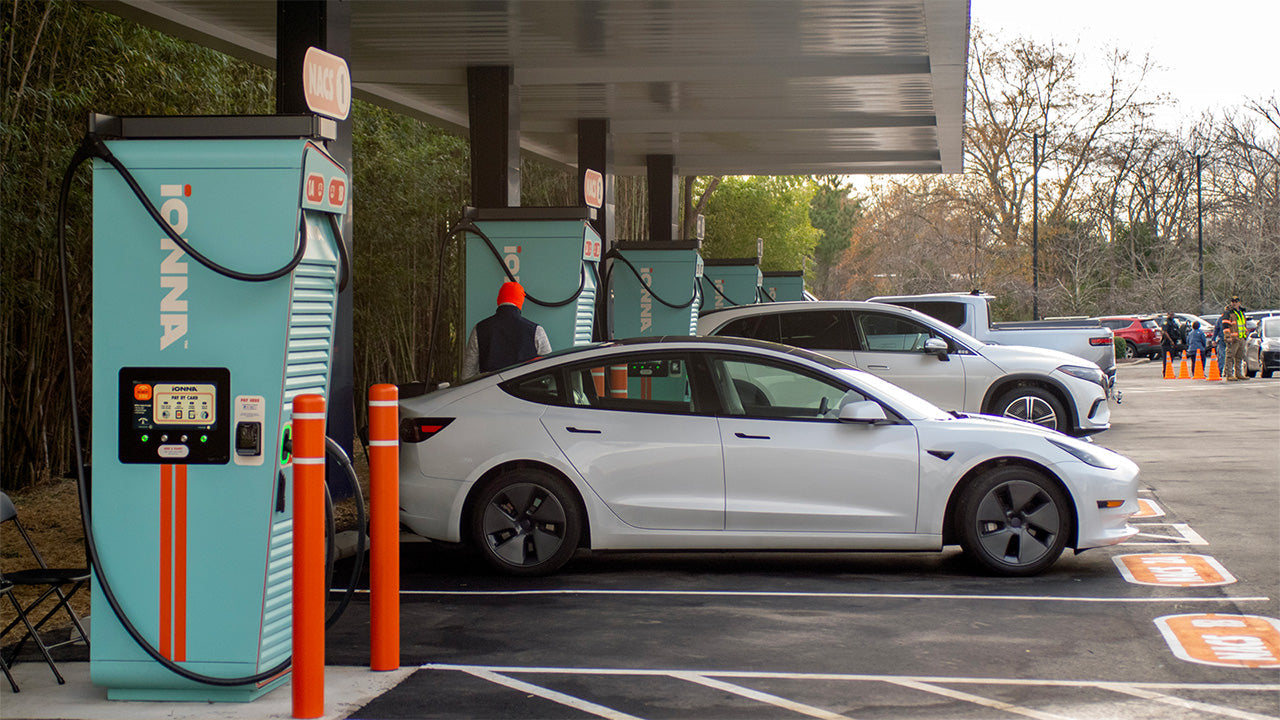Electric vehicles (EVs) are gaining popularity, and with that comes the growing need for reliable, efficient, and safe home charging solutions. Choosing the right EV charger can be overwhelming given the number of models, connectors, power levels, and features. This guide aims to demystify the selection process and help consumers make an informed decision.
1. Understand EV Charging Levels
There are three main charging levels:
Tip: For daily home charging, a Level 2 charger is recommended for its balance of cost and speed.
Recommended reading: NEMA 5-15, NEMA 6-20, and NEMA 14-50 Outlets for Efficient EV Charging
2. Connector Types: J1772 vs NACS vs Tesla
Most EVs in North America use the J1772 connector for Level 1 and Level 2 charging. Tesla vehicles require an adapter (or use their proprietary NACS connector), while newer models and manufacturers are beginning to adopt NACS as the standard.
Chart: Compatibility of EV Chargers by Connector Type

3. Key Features to Consider
When buying a home EV charger, evaluate these critical features:
-
Amperage: Common options are 16A, 32A, and 40A. Higher amperage = faster charging.
-
Cable Length: Choose at least 20 feet for flexibility in parking.
-
Weatherproof Rating: Look for NEMA 4 or IP66 for outdoor use.
-
Smart Features: Wi-Fi or app control enables scheduling, monitoring, and load balancing.
-
Plug Type: Match with your wall outlet (e.g., NEMA 14-50, 6-20, or hardwired).
4. Installation Considerations
Before purchasing, consult an electrician to assess your home’s electrical panel. Level 2 chargers typically require a 240V circuit, and upgrades may be necessary.
Infographic: EV Charger Installation Checklist

5. EVDANCE Recommendations
As a trusted brand in EV accessories, EVDANCE offers a line of extension cords and compatible chargers designed for flexibility and safety. Pairing a quality extension cord with the right Level 2 charger enhances your charging setup, especially if the outlet is far from your vehicle.
Conclusion
Choosing the right EV charger doesn’t have to be complicated. Understand your driving habits, home setup, and charging needs, then select a model that balances performance, safety, and future compatibility. Investing wisely today ensures your EV ownership experience remains convenient and efficient.
Author: Lay Wen.








Share:
Explaining Trump’s $250 EV Tax and Subsidy Rollback
Understanding NEMA Plug Types for EV Charging: A Complete Guide